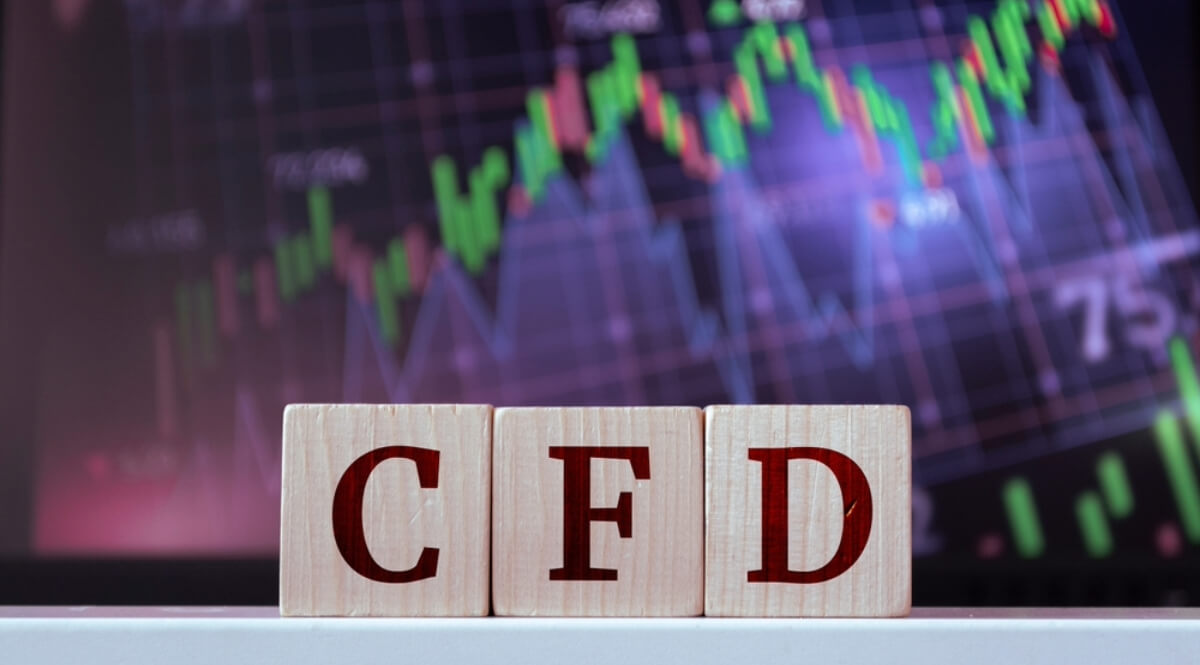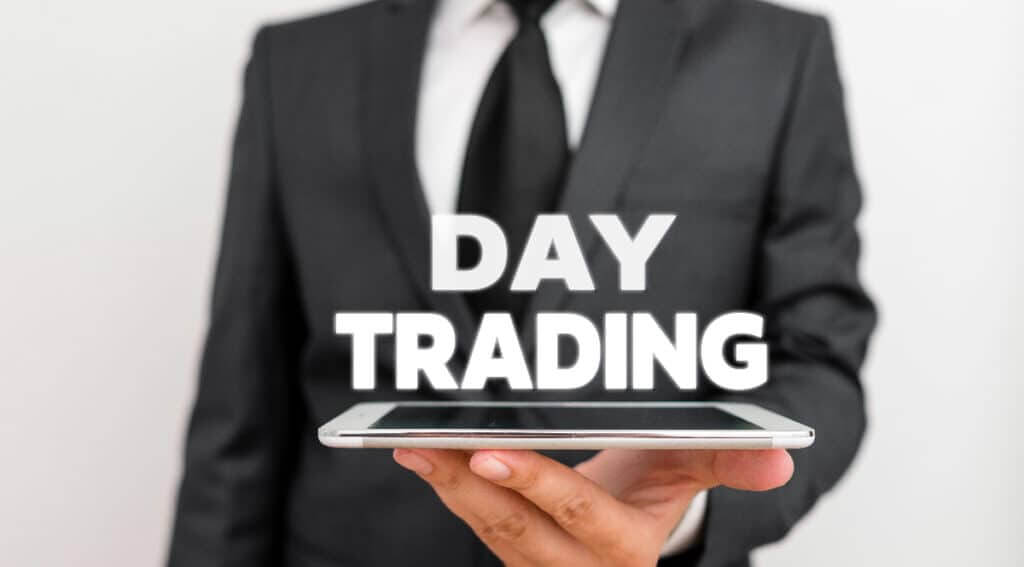
Forex and CFD: How to trade CFDs on forex markets
Key Takeaways:
- Grasping the basics: Understanding key concepts, like currency pairs and contract trading, is the cornerstone of successful trading. This knowledge equips you to make informed decisions, leading to increased trading profits.
- Exploring diverse trading methodologies: Discover the method that suits your trading preferences and objectives. Find the approach that aligns with your trading style and goals.
- Harnessing the power of demo accounts: Demo accounts are a valuable tool for gaining practical experience and refining trading skills without the risk of financial loss.
- Learning from mistakes in a risk-free environment is crucial for preparing for live trading. Incorporating proven tips: Successful trading involves more than just strategies; it’s about disciplined execution. Implementing proven tips like trend analysis and risk management enhances trading performance and consistency.
Have you ever thought about how to trade Forex and CFD? What are forex and cfd trading, and what are forex and cfd contracts exactly?
Foreign exchange traders are focused on making money by predicting changes in currency exchange rates. They buy when the rate is low and sell when it is high, similar to how people trade stocks.
CFDs are agreements between investors and brokers to exchange financial asset value differences. Experienced traders use them for trading purposes.
Usually, on our platform, you trade FX CFDs at the current cash price of the currency pair, not the future price.
Here are five fundamental elements to grasp!
Exchanging in quote currency
Trading Forex CFDs involves exchanging the quote currency. Typically, on our platform, Forex CFDs are traded at the current cash price of the currency pair, not the future price. In each trade, you engage with the quote currency.
For example, in EUR/USD trading, you conduct transactions in US dollars. Forex facilitates trades of major pairs like EUR/USD or GBP/USD, minor pairs like GBP/CAD, and peculiar pairs like EUR/MXN.
Forex trading involves speculating on currency movements without taking ownership of the underlying asset in trades.
Spot vs Options

Most of our CFD trades and Forex trades involve trading currencies on spot markets, where you buy or sell based on the current cash price. Additionally, you can trade FX options, which give you the right to buy or sell currency pairs before a set expiry date.
While spot forex lacks expiry dates and incurs overnight charges, options have expiry dates and no overnight fees. Spot forex offers 80 currency pairs, while options feature nine.
Both use CFDs, which allow for bigger trades with leverage but have higher risks and rewards than your deposit.
A demo account can help navigate trading in a falling market without owning the underlying asset.
Spot forex CFDs involve contract trading.
In spot forex CFDs, you engage in contract trading. To assess the gains or losses of a CFD forex trade, you calculate by multiplying the deal size (total contracts) by the contract value.
Subsequently, you multiply this by the difference in points between the opening and closing prices of the trade. This process is crucial for evaluating your trading strategy’s effectiveness within the financial markets.
Currency Pairs Reflecting Underlying Asset Movements
Forex trading involves pairs like EUR/USD, where one currency is bought and the other is sold. Prices show how much of the second currency is needed to buy one unit of the first. CFD forex trading mirrors the underlying market closely.
Both platforms use CFDs. CFDs allow for larger positions with leverage. They both involve using CFDs, which allow for larger positions with leverage. However, this also means there is a risk of higher gains or losses.
What is the difference between cfd and Forex exactly?
Forex is among the diverse markets available for trading with us. When trading Forex, you predict the value of one currency relative to another, like EUR versus USD. CFDs, or contracts for difference, provide a way to access forex trading with us.
With a CFD account, you don’t own the actual currencies; instead, you utilize derivatives to speculate on price fluctuations.
Now that you know the five important aspects, let’s talk about trading Forex and CFD contracts in the markets.
First, we will discuss how to trade Forex. Then, we will cover how to trade CFD contracts. It is important to understand both aspects before starting to trade in the markets.
Forex and CFD; How to trade these contracts on FX markets?

- Open and fund your live CFD account efficiently. Complete a simple form and undergo swift verification. Once verified, start trading and withdraw funds effortlessly whenever needed.
- Create your account to initiate currency trading. If you still need to get ready to start trading, begin with our risk-free demo account to gain experience.
- Pick from lots of available currency pairs for trading. Before making trades, conduct thorough analyses of the currencies involved.
- Choose between spot FX CFDs or CFD FX options for trading. With spot forex, trade at current prices without fixed expiries.
- Open your first forex CFD trade based on your speculation. Decide whether to buy or sell your chosen currency pair.
- Monitor your position in the platform’s ‘open positions’ section. Stay updated with newsfeeds, trading signals, and alerts to make informed decisions.
CFD forex illustration: Opting for a long position on EUR/USD
You anticipate a rise in the euro’s value compared to the dollar. Therefore, you choose to purchase (go long) 10,000 units of EUR/USD at 1.06600.
For each pip the price moves favourably, you gain $1; for every pip, it moves adversely, you lose $1.
What are the top forex CFD trading methodologies?
An array of tactics for engaging in forex trades, suitable for diverse trading styles. Consult our guide on 10 fundamental principles for CFD trading to grasp the essentials of sound CFD strategy.
To thoroughly examine all trading methods and styles, delve into our comprehensive guide to trading strategies and styles, which covers various approaches to cfd prices and simply speculating.
Let’s take a look at the popular CFD strategies!
CFD strategies: what to note
Position Trading
Position trading focuses on capturing long-term market trends and directional shifts. Despite challenges like short-term volatility and potential swap fees, it offers high-profit potential with less need for constant chart monitoring. Traders need patience and a substantial deposit to succeed.
News Trading
News trading targets volatility spikes around economic reports and announcements. Traders exploit market fluctuations immediately after such releases. While offering rapid movements and excitement, it carries risks like sudden price gaps and heightened trade volumes.
Day Trading

Day trading, a favoured strategy, involves executing trades within a single trading day. Skilled day traders conduct multiple transactions, capitalizing on minor price changes. They avoid holding positions overnight to profit from brief price fluctuations.
Swing Trading
Suited for those unable to monitor charts constantly, swing trading entails holding financial assets for days or weeks to capitalize on expected price movements. It involves maintaining long-term positions and exiting to exploit market trends at predetermined moments.
Advantages of CFD Trading
Contracts for Difference (CFD) trading presents numerous benefits. Traders can speculate on price movements without needing the underlying asset, gaining access to diverse markets.
Also, they can employ strategies tailored to both upward and downward trends, encountering fewer entry barriers and regulatory constraints.
Essential Components of a Successful CFD Trading Strategy
A strong strategy relies on trend analysis, risk management, and discipline. Traders use tools to analyze market conditions and find entry points.
Having a clear exit strategy is crucial for consistent performance. Incorporating proven tips can enhance results, ensuring consistency in trading approaches.
Conclusion
In summary, mastering CFD and Forex trading necessitates a firm grasp of fundamental concepts, adept navigation through the many trading choices available, and implementing robust strategies.
By equipping themselves with the requisite knowledge and adopting a strategic approach, traders can seize opportunities and adeptly mitigate risks within the ever-evolving landscape of financial markets.




